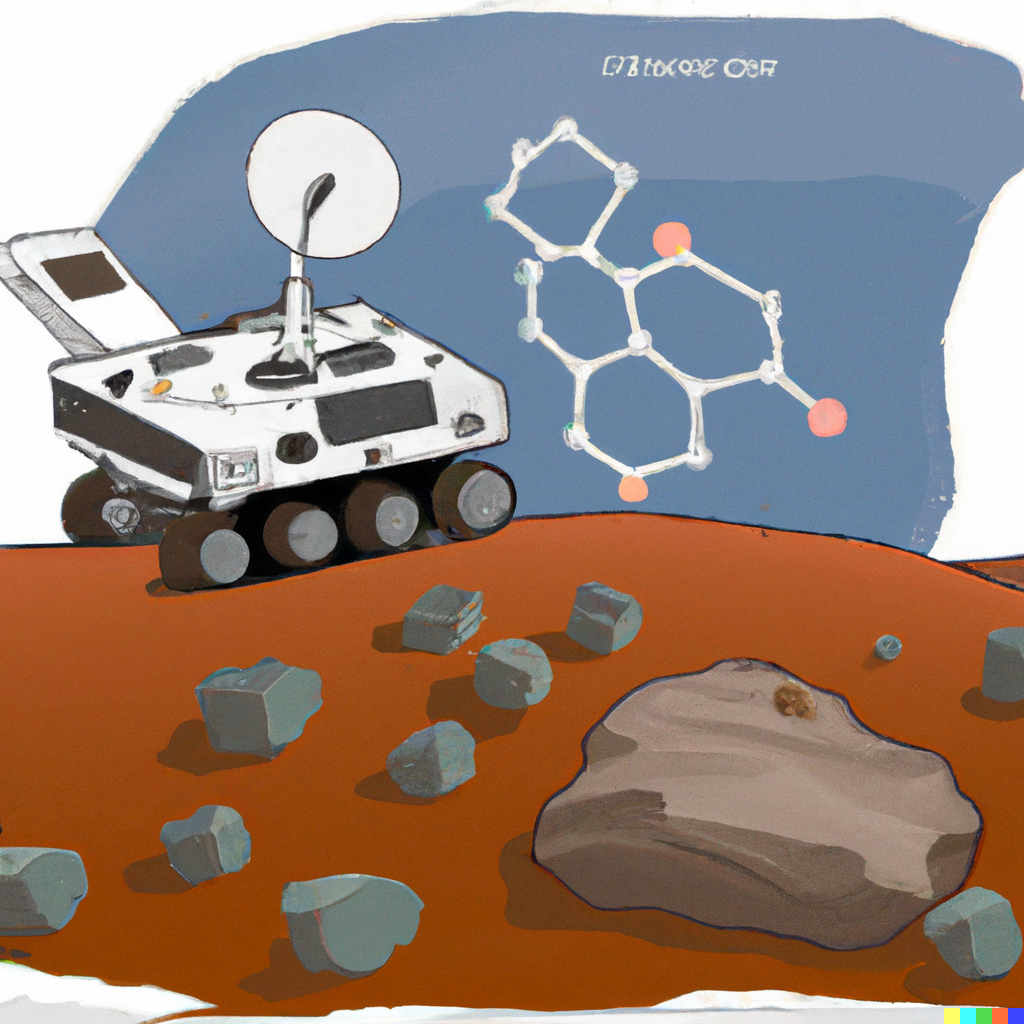NASA’s Curiosity rover, which has been exploring Mars since 2012, has made a significant discovery that could have implications for future human exploration of the red planet. According to a new study published in the Journal of Geophysical Research: Planets, the Curiosity rover found gemstone on Mars.
Opal is a gemstone that is formed when silica is altered by water. On Earth, opal can be found in hot springs and geysers, similar to the environments found at Yellowstone National Park.
The presence of opal on Mars suggests that there may have been water-rich environments on the planet in the past, providing conditions that were potentially more wearable than those on the surface.
The research team, led by former Arizona State University NewSpace Postdoctoral Fellow Travis Gabriel, used new methods to analyze data from several instruments on the Curiosity rover.
They found anomalies near light-toned rocks on the Martian surface and, upon further examination, discovered that these rocks contained high levels of silica and water, similar to opal found on Earth.
The team also confirmed the presence of opal at several other locations on the planet, including the Buckskin and Greenhorn drill sites.
The significance of this discovery cannot be overstated. Water is a crucial resource for human exploration of space, as it can be used for hydration and as a source of hydrogen and oxygen for rocket fuel. The presence of opal on Mars suggests that there may be water-rich environments on the planet that could be used by future astronauts.
The discovery of opal on Mars also has implications for our understanding of the planet’s past. On Earth, opal forms in environments where silica is in solution with water, similar to the process of dissolving sugar or salt in water. If there is too much salt, or the conditions change, it begins to settle at the bottom.
Scientists believe that the opal found on Mars may have formed in a similar way, suggesting that there may have been water-rich environments on the planet in the past.
The research team believes that these subsurface fracture networks could have offered more wearable conditions than the harsh conditions on the surface of Mars.
“Given the widespread fracture networks discovered in Gale Crater, it’s reasonable to expect that these potentially wearable subsurface conditions extended to many other regions of Gale Crater as well, and perhaps in other regions of Mars,” Gabriel said.
The discovery of opal on Mars is an exciting development that has the potential to shape the future of space exploration. The presence of water-rich environments on the planet could provide valuable resources for future astronauts and could inform our understanding of the planet’s past.
Further research will be needed to fully understand the implications of this discovery, but it is clear that the Curiosity rover has made a major contribution to our understanding of Mars and the potential for human exploration of the planet.
The Curiosity rover is a testament to the capabilities of modern technology and the potential for scientific discovery. The rover has been operating on Mars since 2012 and has made a number of important discoveries, including the presence of water and evidence of past microbial life on the planet.
The discovery of opal is just the latest in a long line of accomplishments for the Curiosity rover, and it is sure to be followed by many more in the future.
In conclusion, the Curiosity rover found gemstone on Mars is a significant development that could have major implications for future human exploration of the planet in space. The presence of water-rich environments on Mars could provide valuable resources for astronauts and could also shed light on the planet’s past. Further research is needed to fully understand the significance of this discovery.


